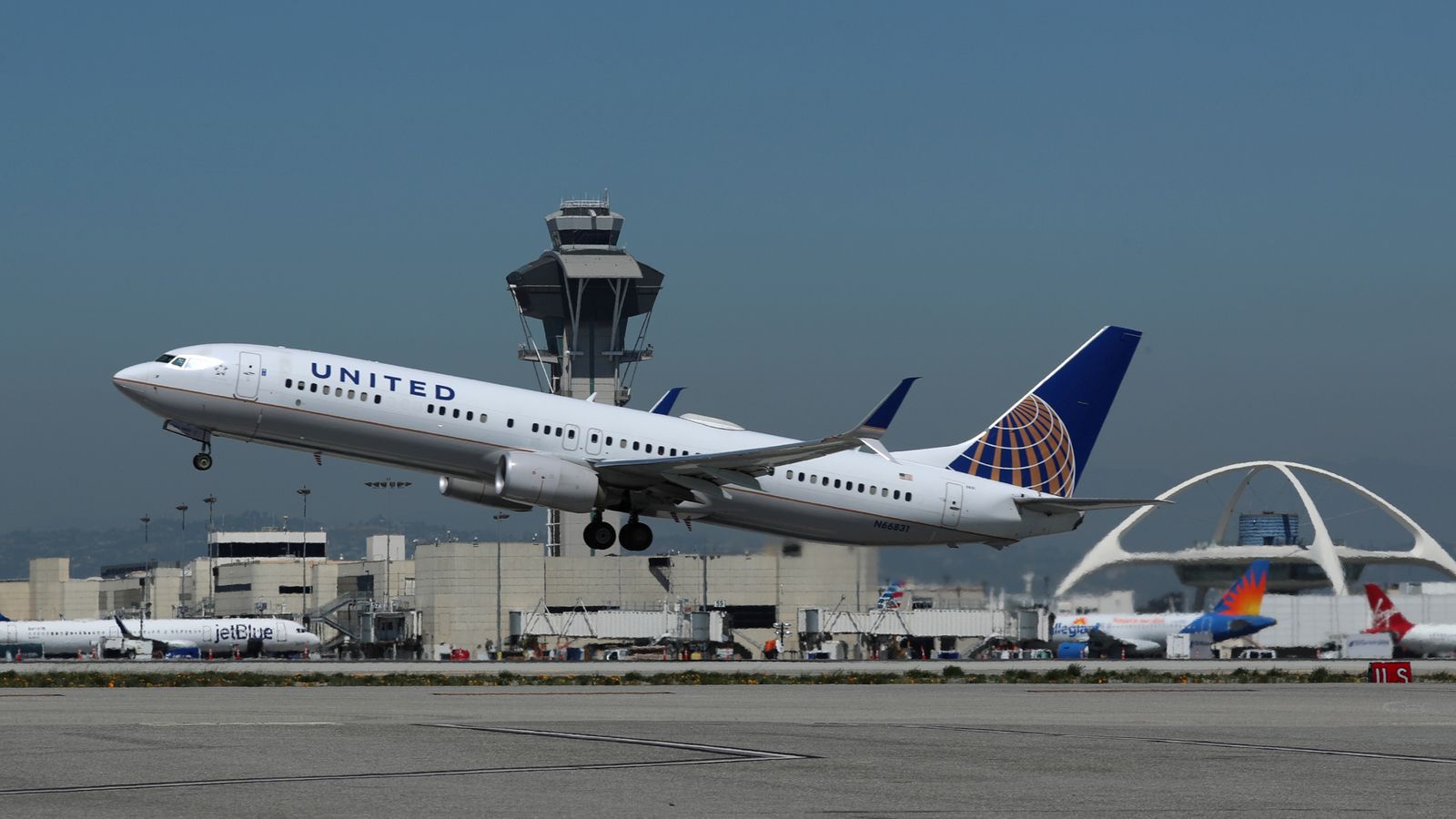The language from the airlines is stark – “safety systems on aircraft will be deemed unusable” and the “vast majority of the travelling and shipping public will essentially be grounded”.
What’s causing the concern is the rollout in the US of the 5G mobile phone network.
Ten major carriers, including United Airlines and Delta, yesterday sent a furious letter to the US regulator, the Federal Aviation Administration (FAA), flagging serious concerns about the new technology.
US airlines warn 5G could ground planes and cause ‘chaos’
The airlines fear that signals from newly-installed 5G mobile masts will interfere with a key component of the plane – specifically the altimeter, the device which shows pilots how far from the ground they are. It goes without saying, that’s an absolutely vital device, particularly for landings in low visibility conditions such as fog.
The airlines claim that if 5G masts are located within two miles of an airport, they could interfere with the altimeter.
They say the risk is so severe that they will be compelled to ground the planes, potentially stymying thousands of flights per day, affecting hundreds of thousands of passengers.
Microsoft to buy troubled Call of Duty gaming firm Activision Blizzard for almost $70bn
US airlines warn 5G could ground planes and cause ‘chaos’
Crackdown on ‘misleading’ cryptocurrency adverts aims to protect consumers
‘Buffer zones’
The FAA says it’s been working with airports and phone companies to create “buffer zones”, which so far are in place at around 50 airports, including major hubs such as New York JFK and Los Angeles International.
However, the airlines say this work doesn’t go far enough, fast enough.
Should we, then, be worried about similar consequences in the UK, Europe and other areas around the world where the 5G rollout is already well advanced? It seems not.
There are some key differences in how the US system functions. For a start the US 5G network is more powerful than in other countries (some two-and-a-half times more powerful, according to the FAA), meaning the risk of interference is greater.
5G: What is it, what will it do, and is it safe?
The reason the US 5G network needs more power is that it operates on a slightly different frequency to networks in places like the UK and Europe. The US frequency is closer to that used by planes’ altimeters, and that’s another reason for the airlines’ concerns.
Lastly, in European countries like France there’s a requirement that the mobile phone masts be pointed downwards, directing the signals away from the sky where they might cause interference. That’s not the case in the US.
In the UK the Civil Aviation Authority says it’s been working with the Ministry of Defence and Ofcom, which regulates telecoms, to ensure safety around 5G. It says there have been no reported incidents of planes being affected by the new technology, and points to similar experiences in other countries using it.
But for UK travellers who are visiting, leaving or transiting through the US, this row between the airlines and the regulators threatens serious disruption.
The mobile phone companies (notably Verizon and AT&T) had already delayed the launch of some 5G infrastructure, but were due to go ahead on 19 January.
Flights could be grounded or delayed
If they push ahead, the airlines are threatening to ground flights, even at airports with buffer zones.
It’s not just passengers’ plans that could be thrown into chaos: FedEx Express is one of the carriers complaining, raising concerns about delivery of coronavirus vaccines.
The stakes are very high indeed, and arguably this row should never have reached such a boiling point.
5G has been on the cards for many years. Aircraft safety regulation is deeply entrenched. Any issues between the two should have been resolved much earlier.
Instead, passengers may now be caught between the competing demands of safe, convenient air travel and mobile phone connectivity.






















